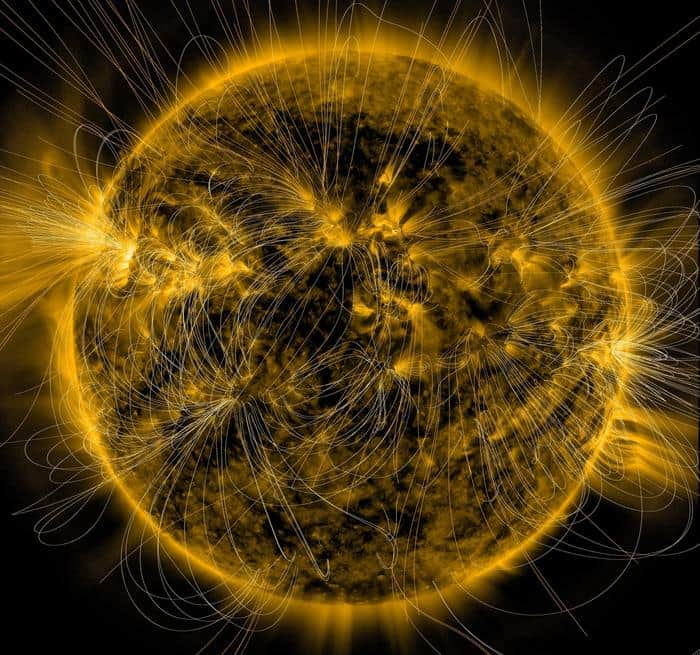In what could lead to a better understanding of mass, scientists have discovered a new particle or a quantum excitation, which was previously undetectable, through a tabletop experiment. Named the axial Higgs mode, the new elusive particle is a magnetic relative of the mass-defining Higgs Boson particle. Currently, scientists use the Standard Model of Particle Physics to explain the most building blocks of the universe. According to it, particles called quarks — which include protons and neutrons — and leptons — which include electrons — make up every matter known to us. However, besides this, there are force-carrying particles belonging to a group called bosons that influence the leptons and the quarks.
Associated with the Higgs field, the Higgs Boson particle was discovered a decade ago on July 4, 2012, and helped shed light on the concept of mass. The new particle has, however, magnetic moment and thus requires complex theories to demystify its properties, said Kenneth Burch, a physics professor at Boston College and lead co-author of the new report published in the journal Nature.
The Higgs Boson particle was discovered through experiments in a massive particle collider whereas the team of scientists used a tabletop experiment format. The team made use of RTe3, which is a rare-earth tritelluride and a well-studied quantum material that they could study at room temperature. “It’s not every day you find a new particle sitting on your tabletop,” said Burch.
According to him, RTe3 has properties similar to the theory that is behind the production of axial Higgs mode. Highlighting the challenges of the experiment, Burch said studying quantum properties of particles often requires a complex setup that includes high-powered lasers and huge magnets among others.
To tackle these problems, the team resorted to a unique use of scattering of light and chose a proper quantum simulator. To unearth the properties of the mode, Burch said they shined a laser on the material using the scattering method. “As such, we were able to reveal the hidden magnetic component and prove the discovery of the first axial Higgs mode,” he added.





